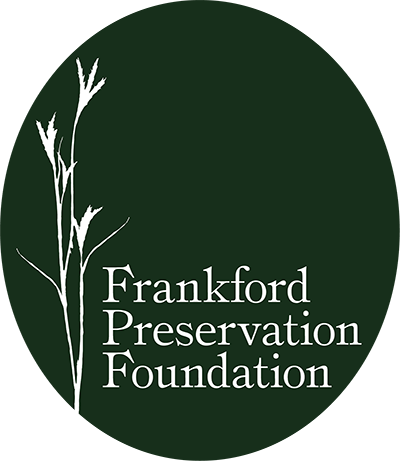Frankford Cemetery was the burial site for members of the Frankford community and the surrounding area. Burials continue today. Many of those buried today are descended from early Frankford ancestors. It is believed that indigenous people were laid to rest at or near what is now called Frankford Cemetery.
The earliest known unmarked grave (1862) is that of Elija Yaeger, of Lebanon. The earliest marked grave (1872) is that of John T. Coit. He was first buried on a bluff above the Trinity River but his body was later moved to Frankford near his family’s Renner Farm where his wife Cattie returned after his death. The first burial which resulted in a marked grave (1873) is that of Margaret McKamy, who moved to the Frankford area from Roan County, Tennessee with her son, William, and his family in 1851.
Other early burials:
Catherine (Cattie) Coit, school teacher and prolific writer came to Renner near Frankford in 1859. She was an amazing woman who endured many hardships and left behind numerous letters and diaries. She writes of walking out of her Renner cabin in the spring to be greeted by a blanket of blue flowers. on the prairie. It is likely the flowers were the wild hyacinths we have in the Frankford Prairie.
Addison Robertson for whom the town of Addison is named.
Noell family members: The town of Addison was originally named Noell Junction.
WC and Rachel Mckamy, early leaders of the Frankford Community.
Lionel Simpson came to Frankford at the age of 25 as a Peters Colonist.
Lavona Massey Cudd was the midwife for the town of Addison. She brought into this world over nine hundred babies.
The White Rock Masonic Lodge Building was moved to Frankford in 1872. It sat on what is now the northwest side of the cemetery. It served as school, community center, and church before the first Frankford Church was built. Some of the earliest burials were near the Lodge Building.
Frankford name: it is not known how Frankford got its name. One theory is that the name comes from the act of “fording a stream” because many travelers and early residents crossed Hall’s Branch. Another theory is that one of the early Frankford families had a little boy name Frank for whom the community was named. Perhaps Frank “forded” (crossed) Hall’s Branch.

